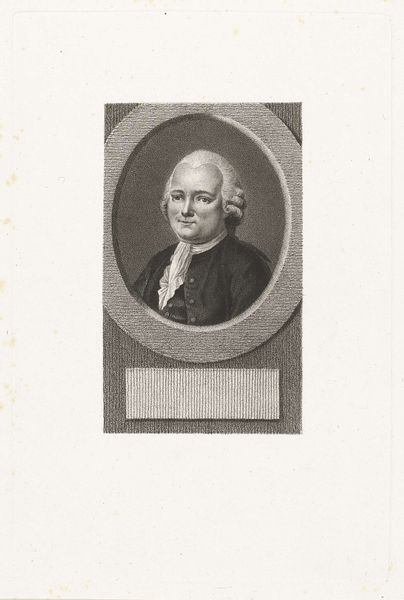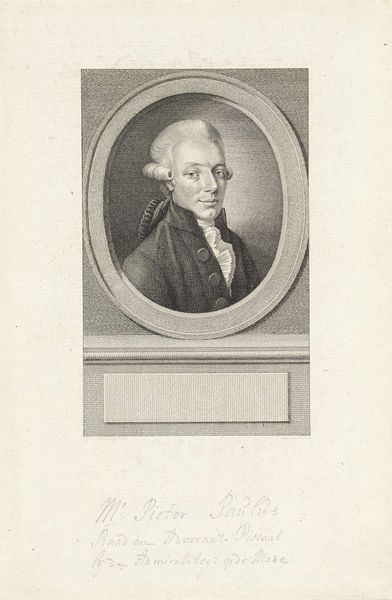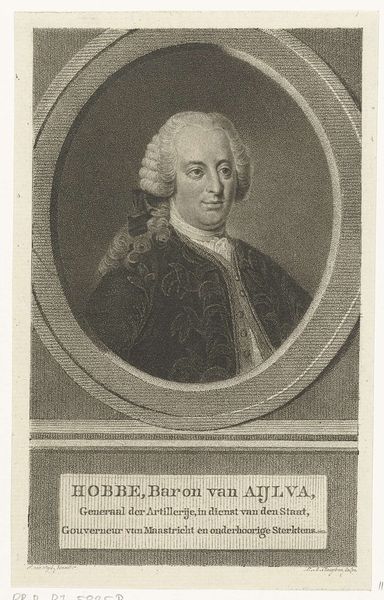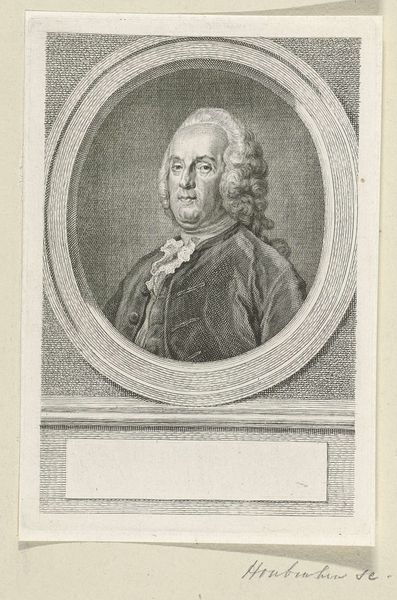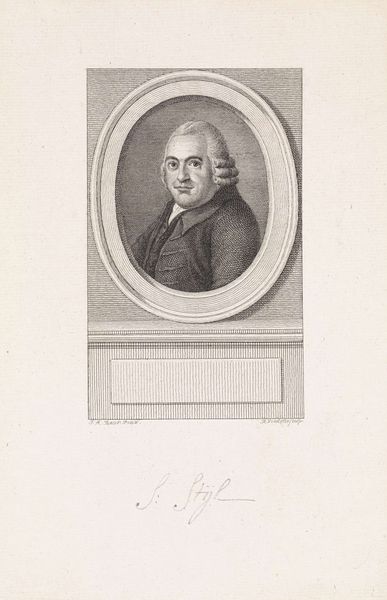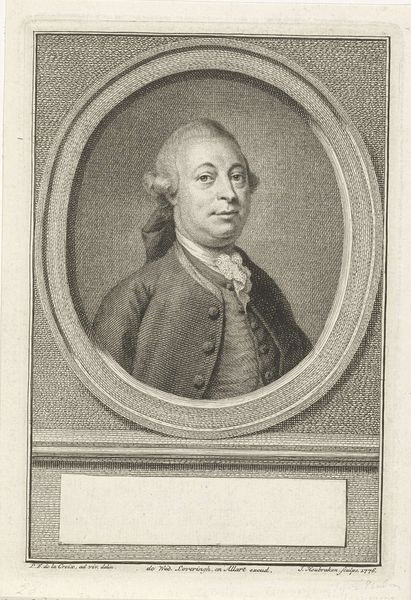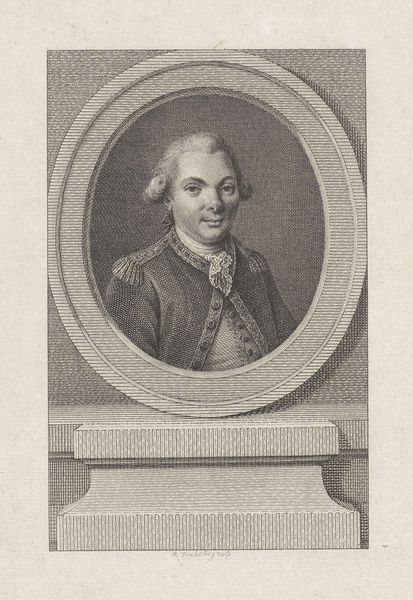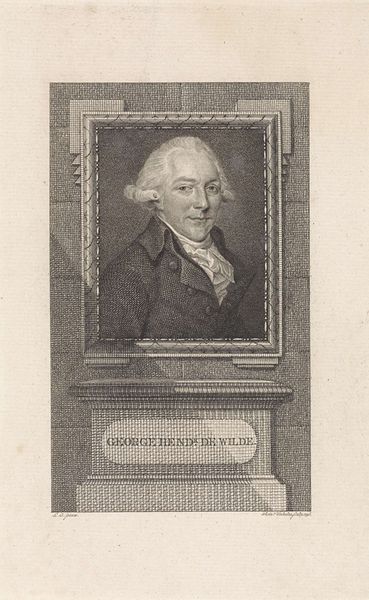
engraving
#
portrait
#
neoclacissism
#
old engraving style
#
historical photography
#
history-painting
#
engraving
Dimensions: height 190 mm, width 122 mm
Copyright: Rijks Museum: Open Domain
Curator: This engraving is a portrait of Guy-Jean-Baptiste Target, created by Lambertus Antonius Claessens around 1792 and 1808. It’s a striking example of Neoclassical portraiture. Editor: The material quality here feels essential—look how the density of the engraving marks define the volume of his face. It really draws you in, doesn't it? The limited range of tones makes me consider the deliberate control the artist must have exercised over the tools. Curator: Absolutely. The use of engraving, a technique popular for its reproducibility, tells us a lot about how images circulated at the time. It was a way to disseminate portraits of important figures, making them accessible to a wider public beyond the elite who commissioned painted portraits. The role of engravings like this, of Target, in building and solidifying public image shouldn't be overlooked. Editor: Right, because producing an engraving involves such skill—thinking about the social status and working conditions of the engravers becomes key. Here’s someone carefully reproducing an image to be consumed on a mass scale. This portrait’s neat oval framing seems to reinforce classical ideals of order and control. Do you see that as being deliberately designed to speak to his role within society? Curator: Precisely! Target was a prominent lawyer and influential figure during the French Revolution. That conscious attempt at projecting an image of stability through artistic language is classic neoclassical portraiture, framing individuals within a visual vocabulary of reason and virtue. Look how the composition is carefully constructed to emphasize his gaze and calm composure, virtues highly prized during that era. The politics of imagery are clear: it's an attempt to control perception, even in times of immense social upheaval. Editor: Yes! It all contributes to this image of authority. Reflecting on how this image would be manufactured, distributed, and consumed tells us just as much as looking at the figure depicted. Thinking of the artist Lambertus Antonius Claessens himself, his labour, skills and role is a further step into understanding of history. Curator: It brings home how artworks aren't isolated creations, but deeply enmeshed in the social and political realities of their time. Editor: It all comes together in such a tangible reminder of our history.
Comments
No comments
Be the first to comment and join the conversation on the ultimate creative platform.
